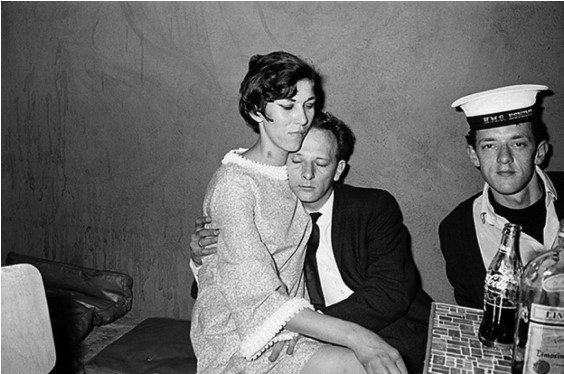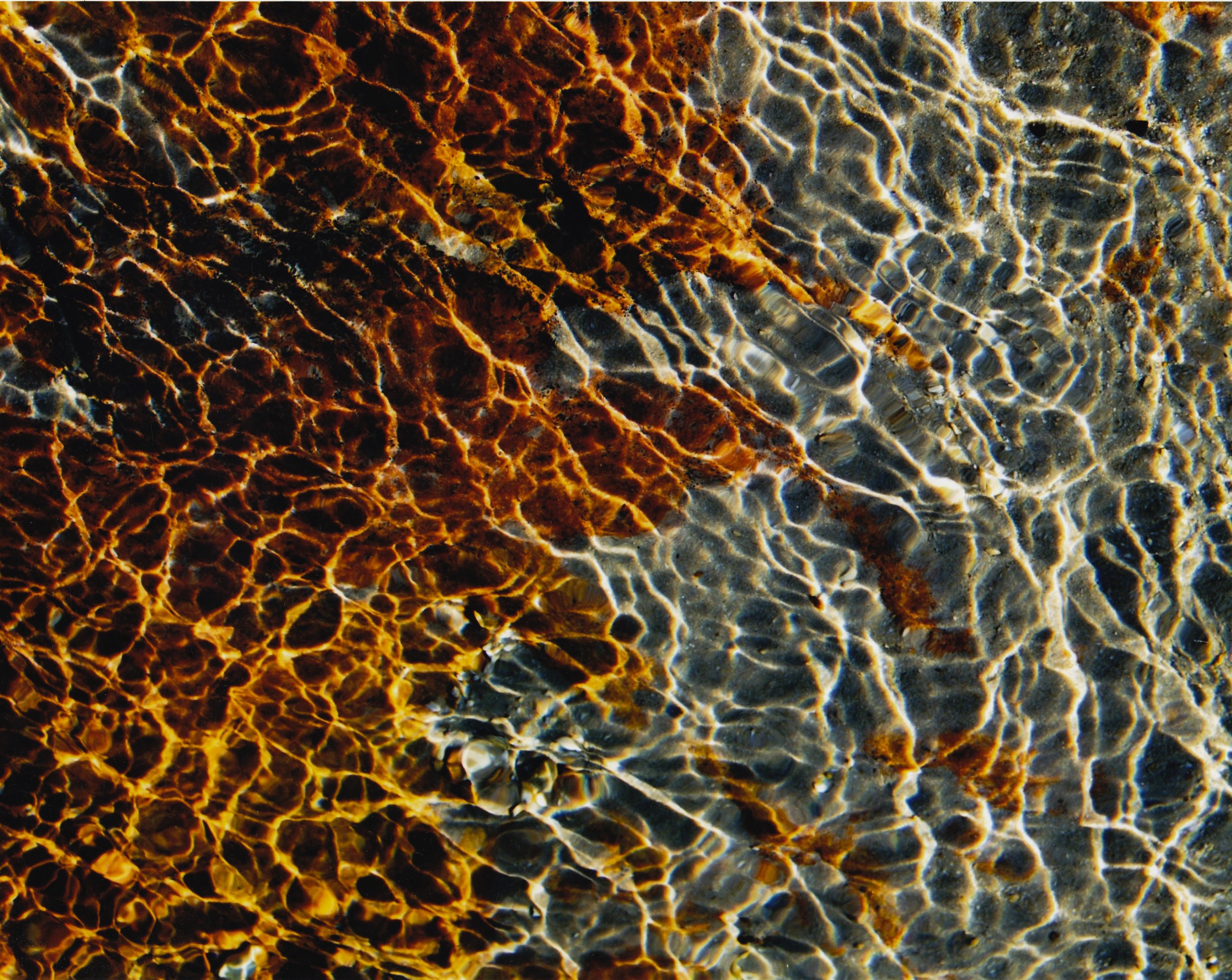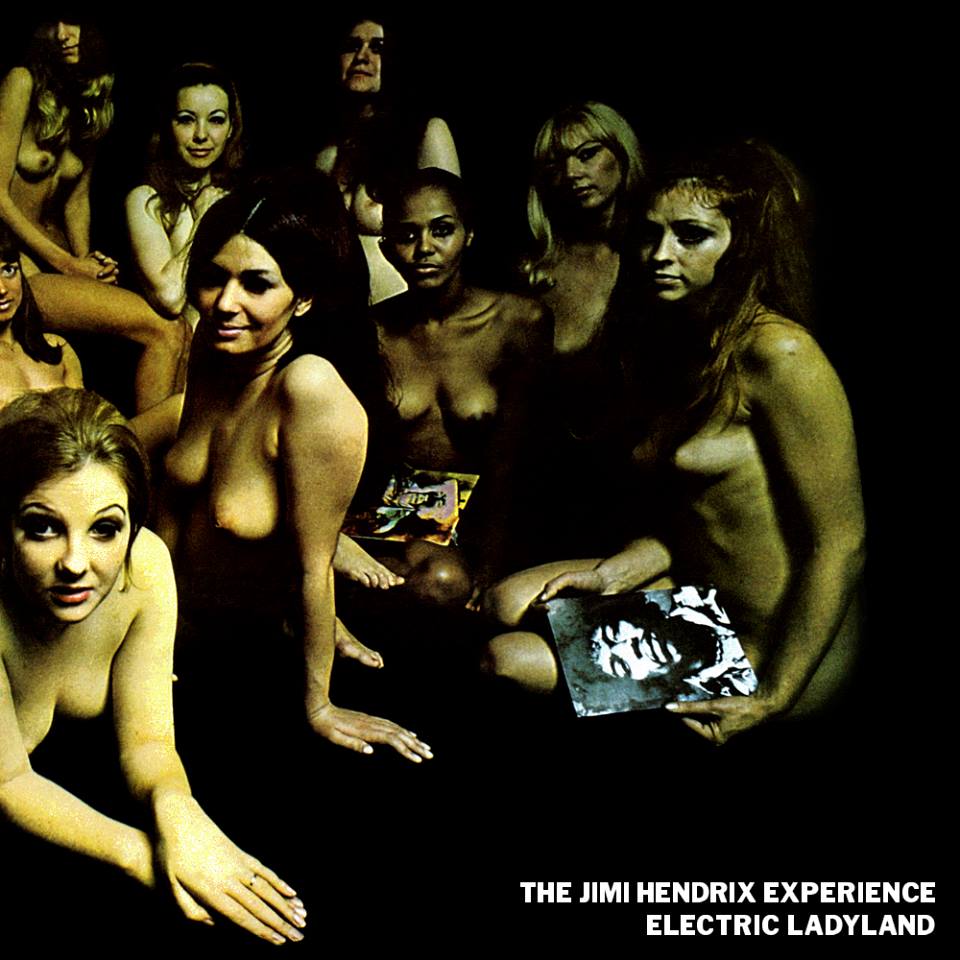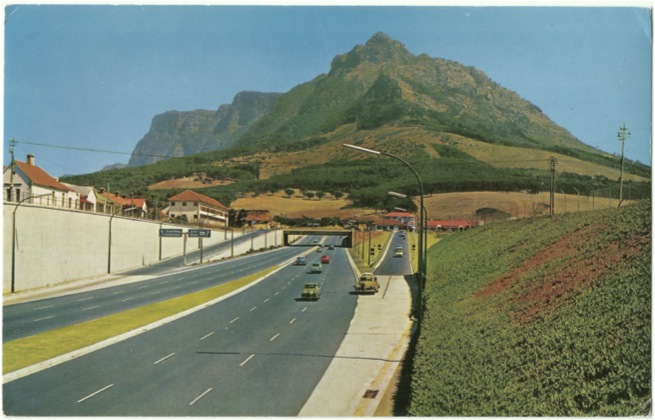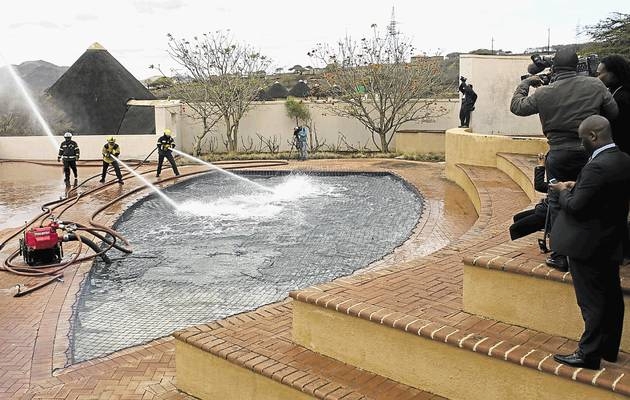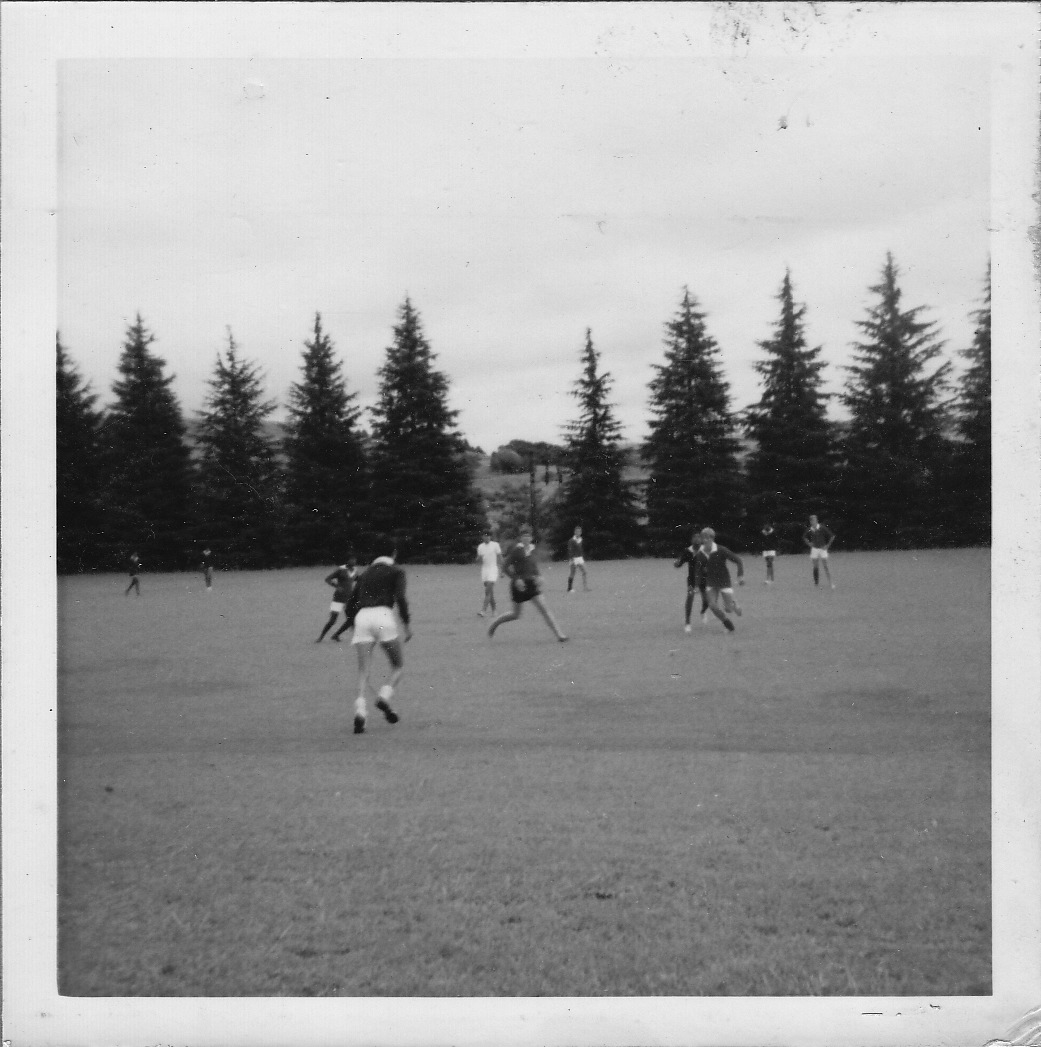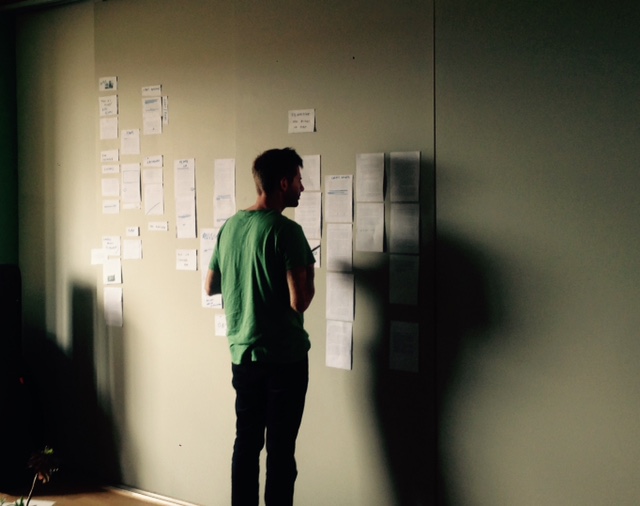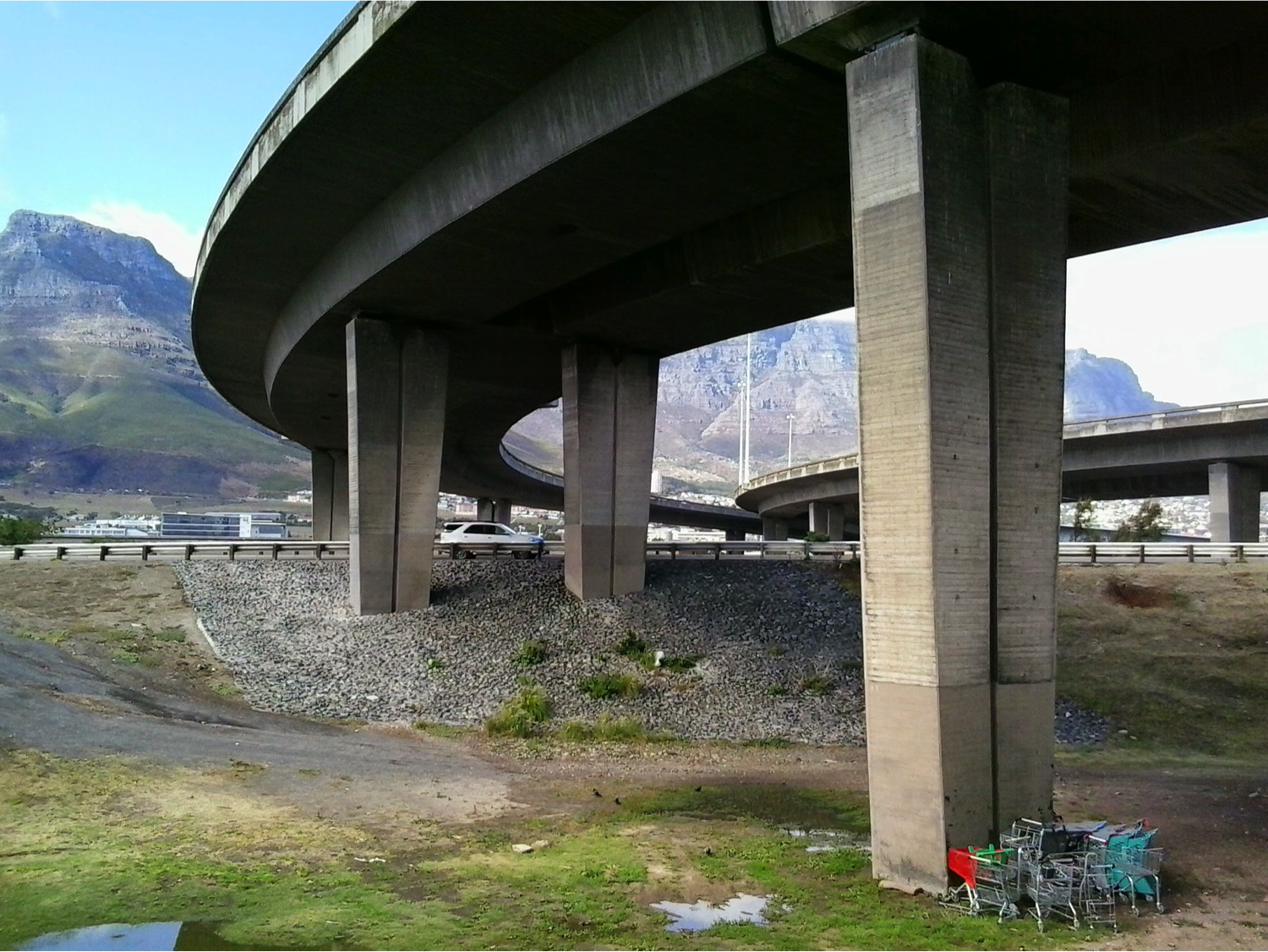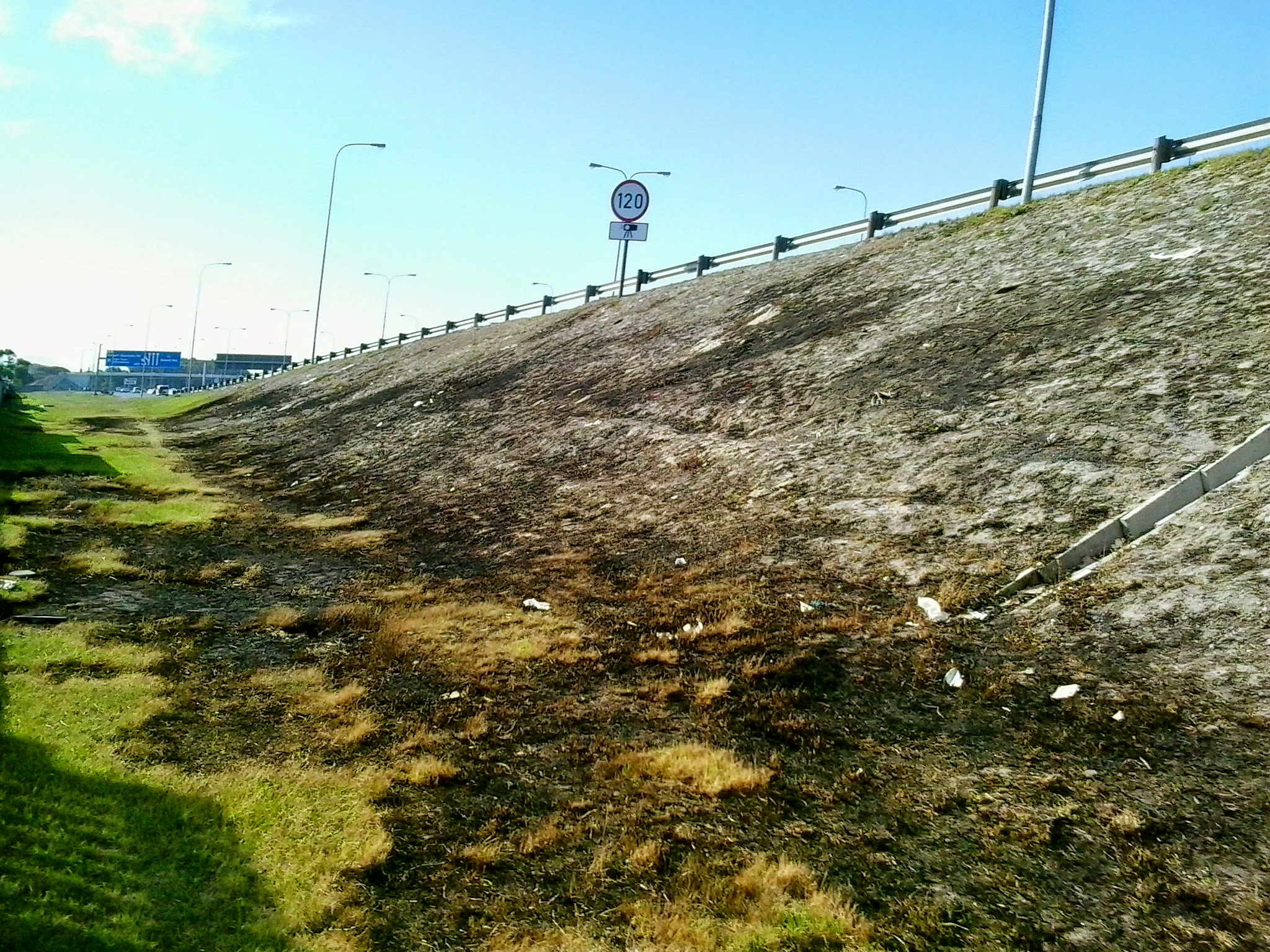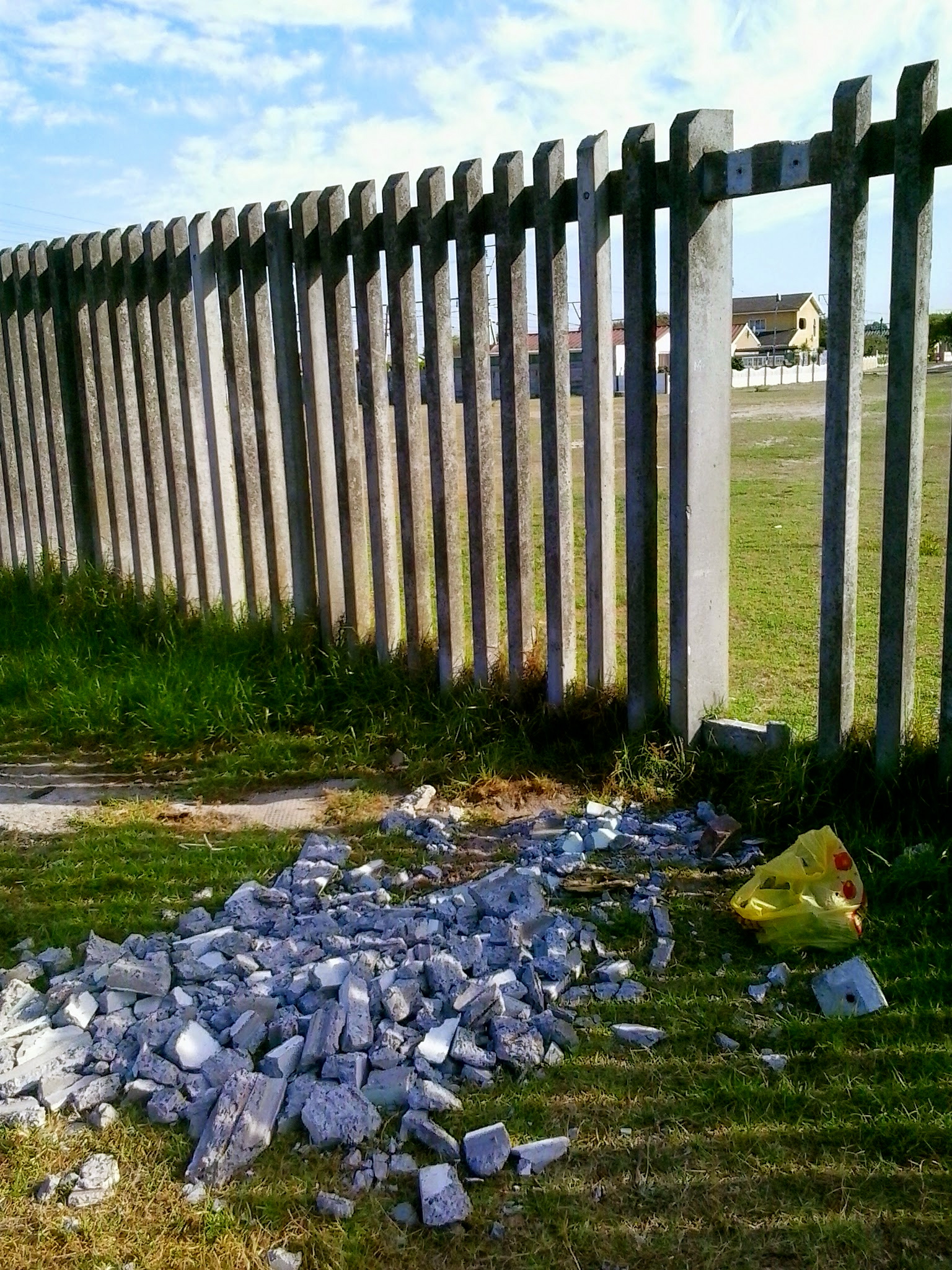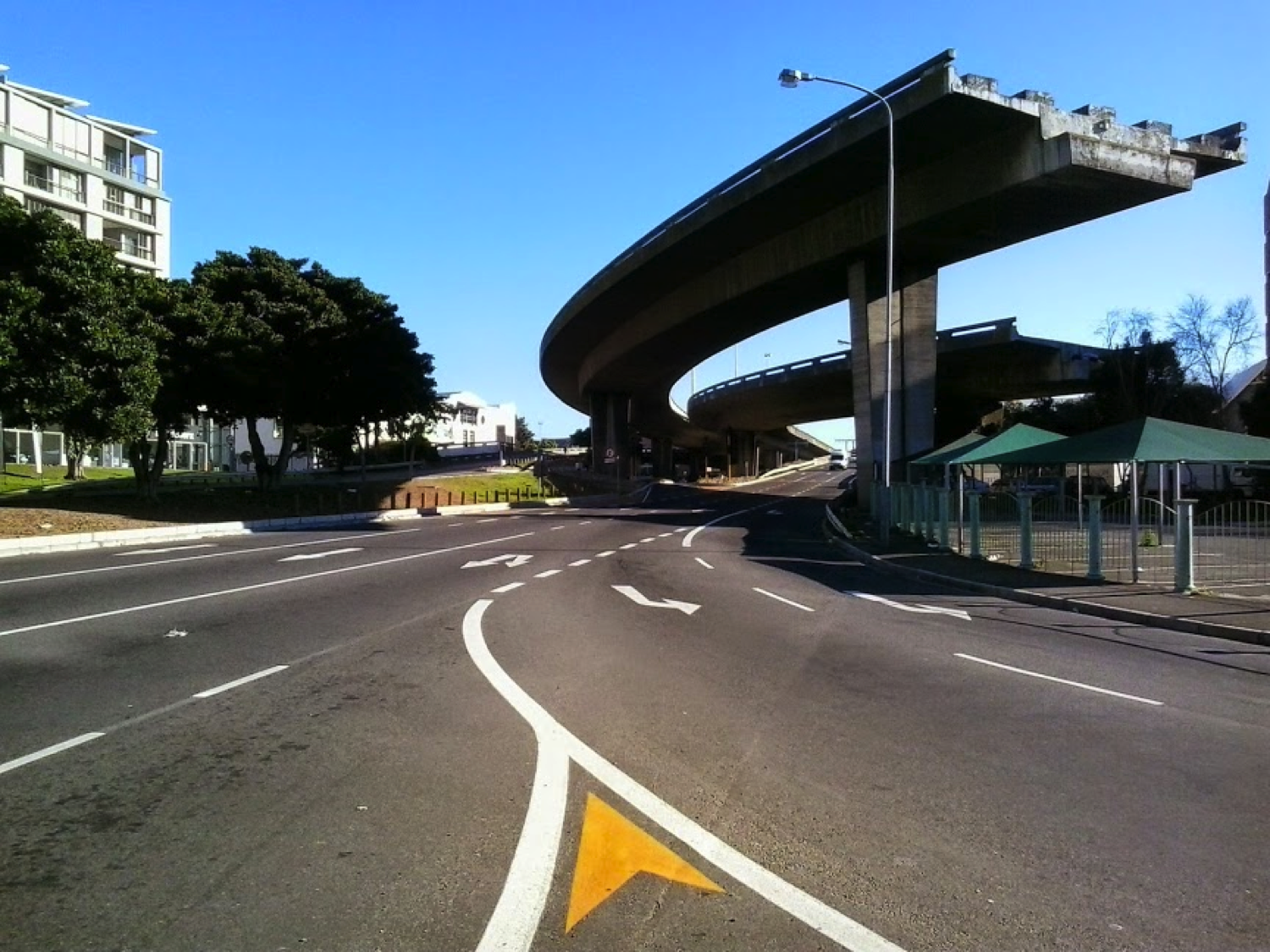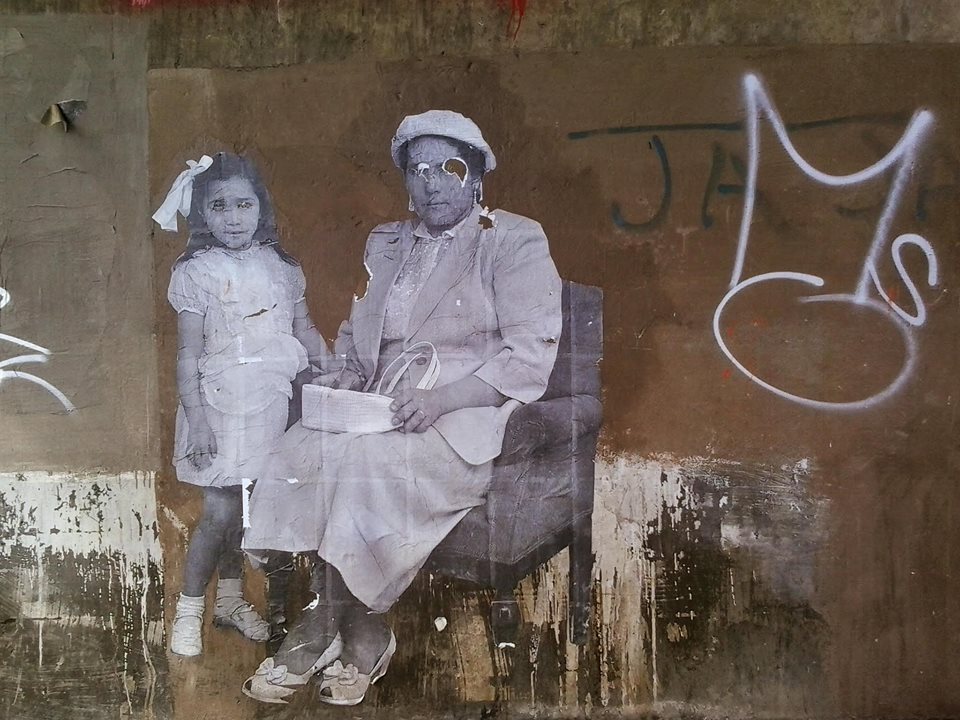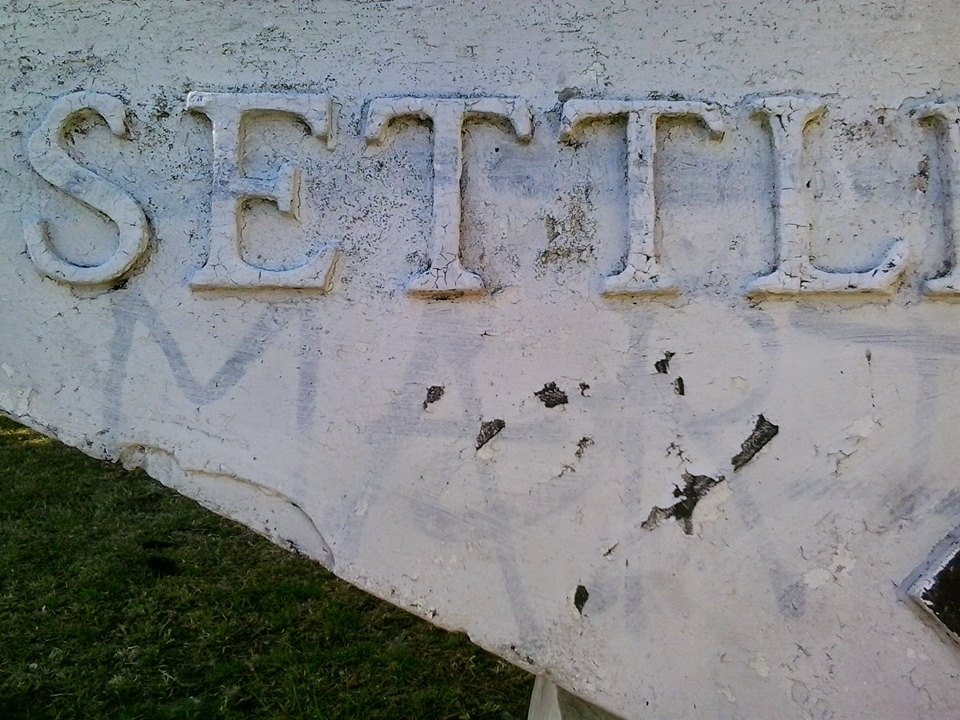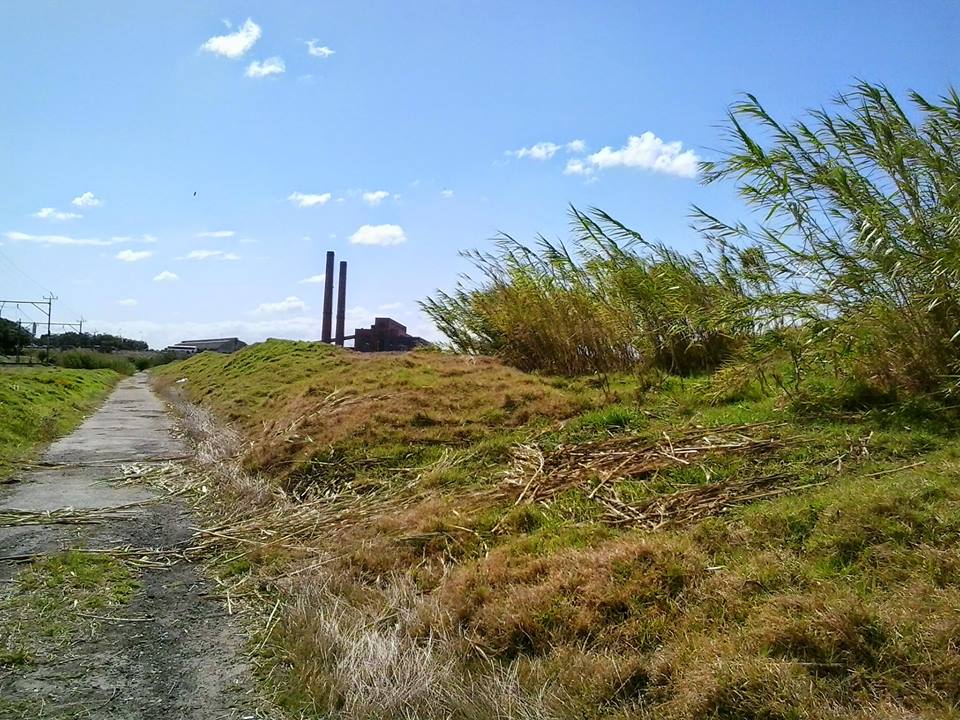Ursula K. Le Guin’s The Dispossessed.
But, knowing only that I didn’t want to study war no more, I studied peace.
I started by reading a whole mess of utopias… — Ursula K. Le Guin
The Dictionary of Imaginary Places, compiled by Alberto Manguel and Gianni Guadalupi, is styled as kind of tourist’s guide to outlandish literary worlds. It comes in at over 2000 entries and 700 pages: a mock scholarly reference work, a tribute to the deep human urge to dream up other worlds (and draw maps of them).
Paging through, you might recognise names from childhood: Middle-Earth, Earthsea and Narnia. There is Oz, Brigadoon, Kor, Lilliput and Brobdingnag, the Island of the Roc. Some of the more extensive imaginary worlds, like Tolkien’s, are broken down into sub-entries – Minas Tirith, Cirith Ungol, Pelennor Fields – syllables that are strange but comfortingly familiar to me, names bringing back the paradise of childhood reading.
Then there are worlds encountered later in life: Gabriel Garcia Marquez’s jungle village Macondo from One Hundred Years of Solitude, with its plagues of insomnia and amnesia and butterflies. The Pacific island of Gondal, dreamed up by the Brontë sisters. Many islands of course: Thomas More’s Utopia and Samuel Butler’s Erewhon are there; so are Lotus-Eaters Island and Caliban’s Island (see Prospero’s Island).
Read More











